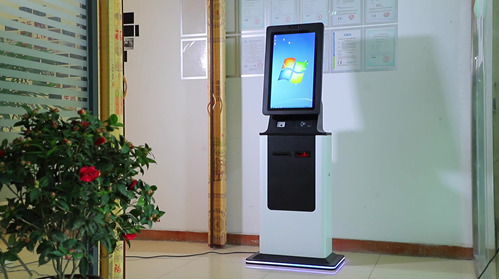Creating a better customer experience can help businesses increase total customer retention. Besides reducing wait times, queue management solutions also provide customers with real-time information such as the estimated wait time and service counter number. These solutions also help reduce the perceived wait time of customers by providing entertainment or advertising. These solutions also allow customers to stay mobile while queuing. Moreover, they help improve the overall customer experience through enhanced measurement and analytics.
Improve Customer Centricity:
When selecting a queue management system, it’s important to be customer-centric. This means taking into account the entire customer journey – from online shopping to physical visits. The system should be able to gather data from all of these touch points, which will help streamline the process and handle higher customer demands more effectively. In addition, it should allow for integration of third-party features. Finally, it should be flexible enough to accommodate different types of visitors – walk-in customers, appointment visitors, and cancellations.
A queue management system should be flexible enough to accommodate a variety of customer requests, including those that are unique to your business. For example, if your business provides customer service through live chat, it should prioritize calls with customers based on their geographic location. However, not every customer should have the same priority.
An efficient queue management system can support a business’s digital and physical operations. The system can be implemented through either hardware or software and can be integrated for seamless customer and employee experiences. Customers and employees are increasingly benefiting from digitization in public offices. As their visitor volumes continue to increase, they must find effective ways to handle them. In addition, queue management can alleviate problems like budget cuts and skill shortages.

Integration of Digital and Physical Channels:
A queue management system will help businesses meet customer needs and cut costs while improving service. However, a queue management system is not perfect, and needs to be thoroughly tested before launch. One way is to test it out on a small scale, to see if it’s an effective fit. By ensuring that it’s user-friendly, the queue management system will help businesses understand their customers’ needs and increase their customer satisfaction.
The measurement of wait times in queue management systems is essential to monitor and improve the overall experience for customers. This information can help you determine the most efficient staffing levels and anticipate when you will be running over your acceptable limit. In addition, the data can help you analyze the organization of your queue and determine if any staffing changes are necessary. However, it is important to keep in mind that the measurement of wait times is not the same as the actual wait time.
Measurement of Wait Times:
Using real-time data from a queue management solutions can help you improve service and improve customer satisfaction. Unlike a traditional time-based approach, a real-time queue monitoring system gives you actionable intelligence. Moreover, with the right queue management system, you can reduce the average waiting time by as much as 30%. Certain segments should be given higher priority, such as those who have submitted their request for the first time. In addition, re-opened cases should receive priority treatment.
Many owners don’t realize the importance of managing checkout lines. Many businesses focus on attracting customers to their store and don’t pay attention to how customers experience the purchasing process. But a queue management system can help you improve customer satisfaction in so many ways. It can help you maximize your staff’s productivity.
Conclusion:
A queue population is the number of people who visit your business. This population can be a fixed number or unlimited. For example, a limited population means that you only have to serve a certain number of people. On the other hand, an unlimited population means that you can serve as many people as show up. A queue management system helps you to determine the amount of staff you need to serve a specific customer population.
Apart from this if you are interested to know more about Replicon – Best IT Project Management Software then visit our Business category













